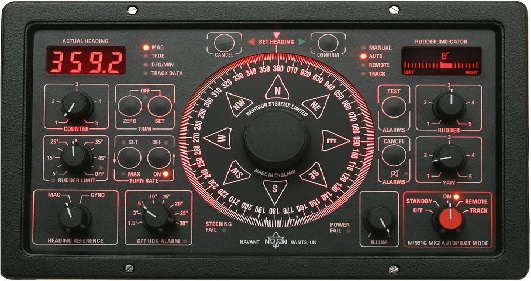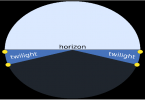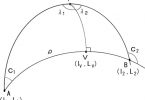An output from a gyro or magnetic repeating compass is coupled to a differential amplifier along with a signal derived from manual course-setting control. If no difference exists between the two signals, no output will be produced by the amplifier and no movement of the rudder occurs. When a difference is detected between the two sources of data, an output error signal, proportional in magnitude to the size of the difference, is applied to the heading error amplifier. Output of this amplifier is coupled to the rudder actuator circuit, which causes the rudder to move in the direction determined by the sign of the output voltage. The error signal between compass and selected course inputs produces an output voltage from the differential amplifier that is proportional to the off-course error. This type of control, therefore, is termed ‘proportional’ control. As it has been shown, the use of proportional control only, causes the vessel to oscillate either side of its intended course due to inertia producing overshooting.







Hey there! The working principle of an autopilot system is based on advanced sensors, algorithms, and feedback loops that allow the system to control the vehicle’s trajectory without constant human input. It uses data from cameras, radars, and GPS to make decisions in real-time. By the way, if you’re looking for a platform where you can enjoy such seamless experiences, click here to check out Pin Up. Just like how a good system, like Pin Up, ensures a smooth gaming experience, the autopilot system continuously adjusts its parameters to ensure optimal performance. Whether it’s sports betting or casino games, they offer a variety of options for all types of players.